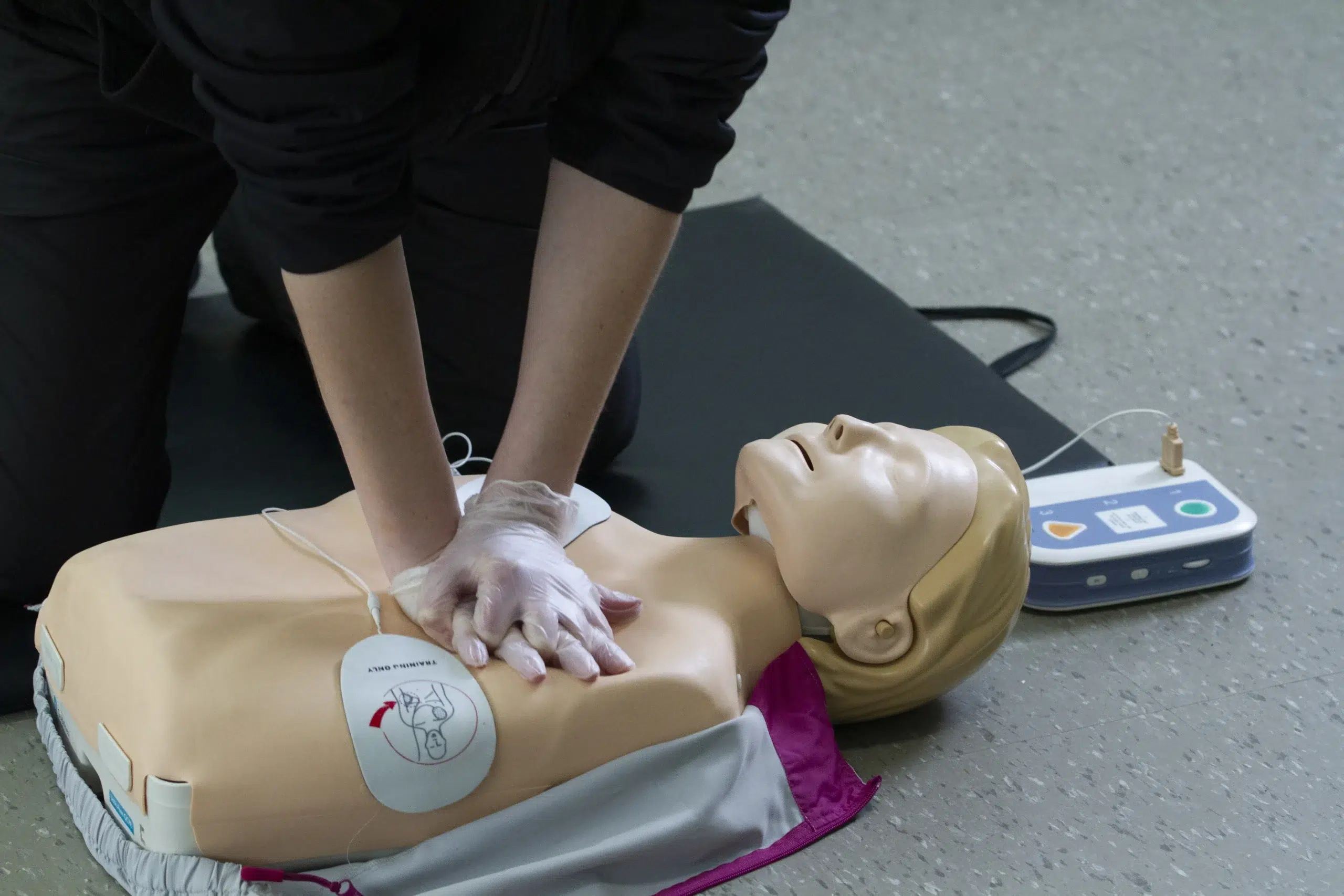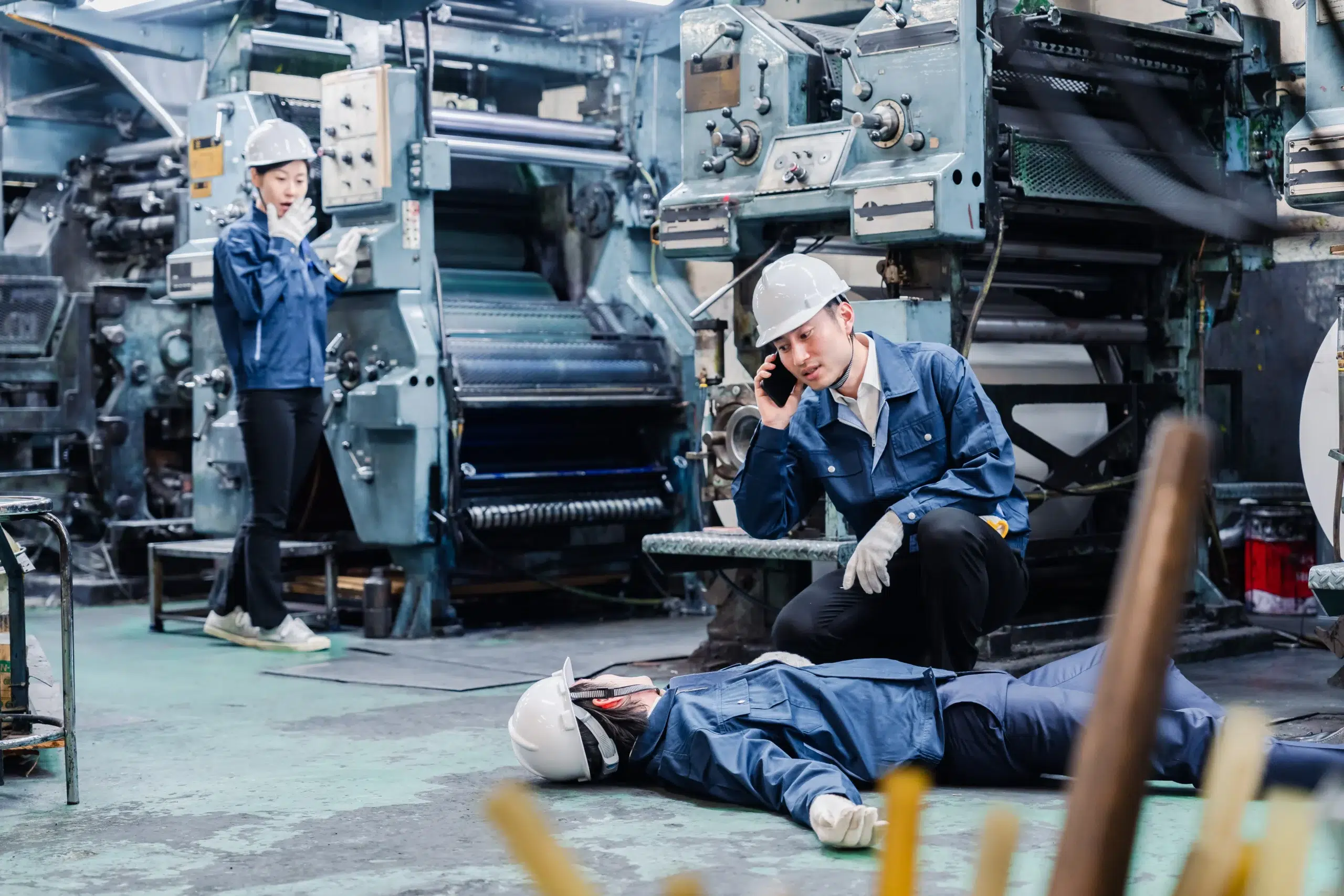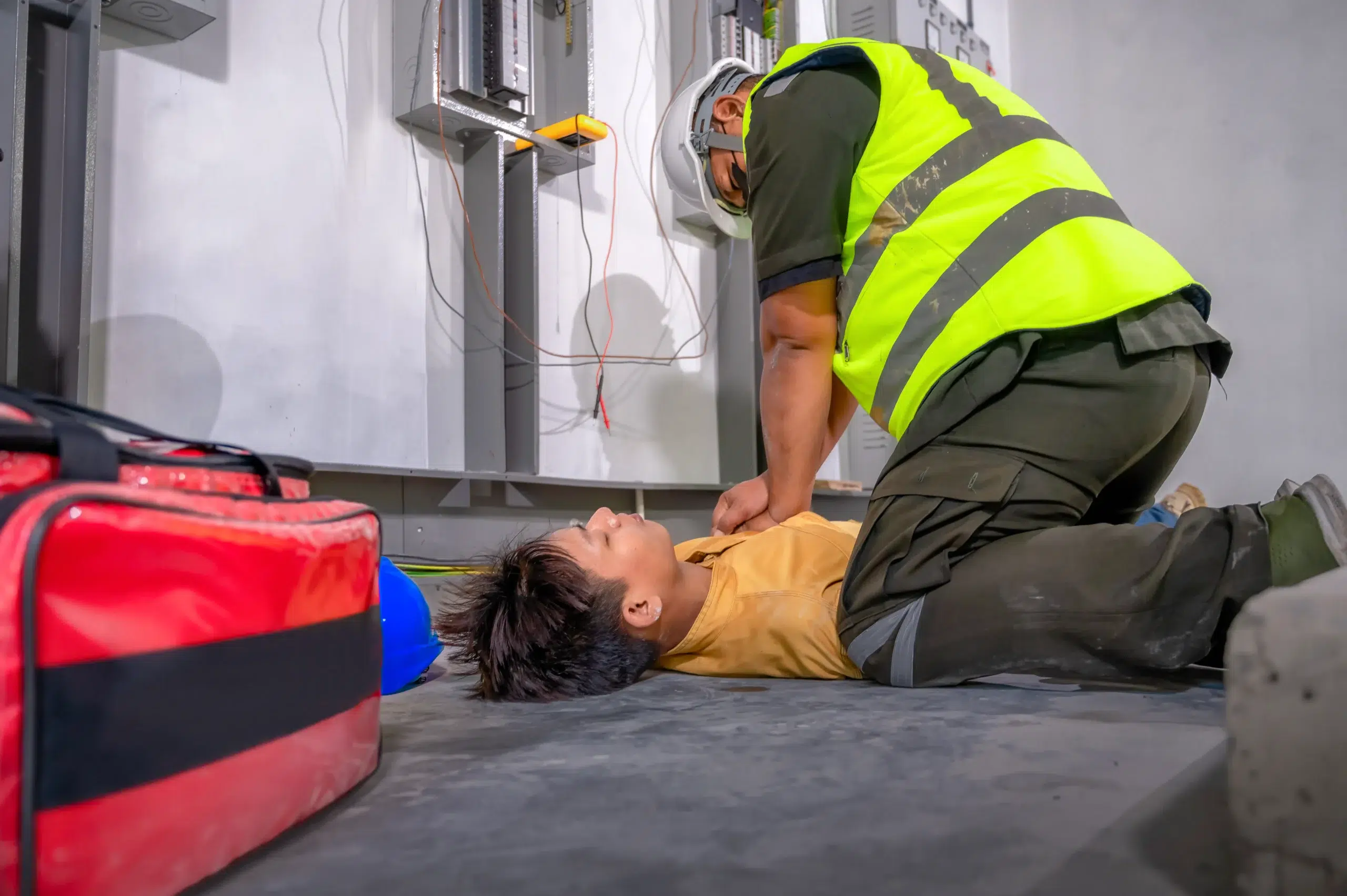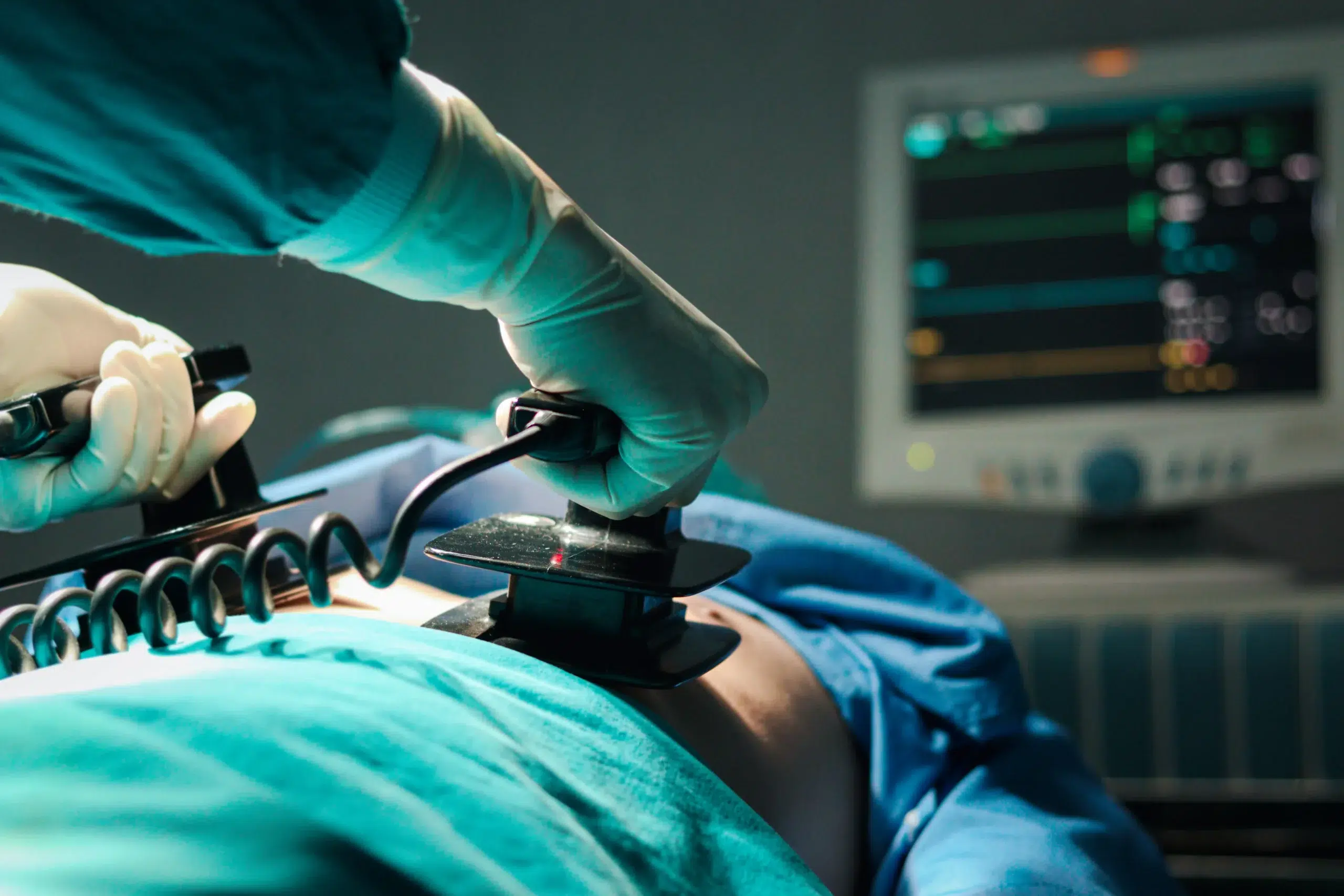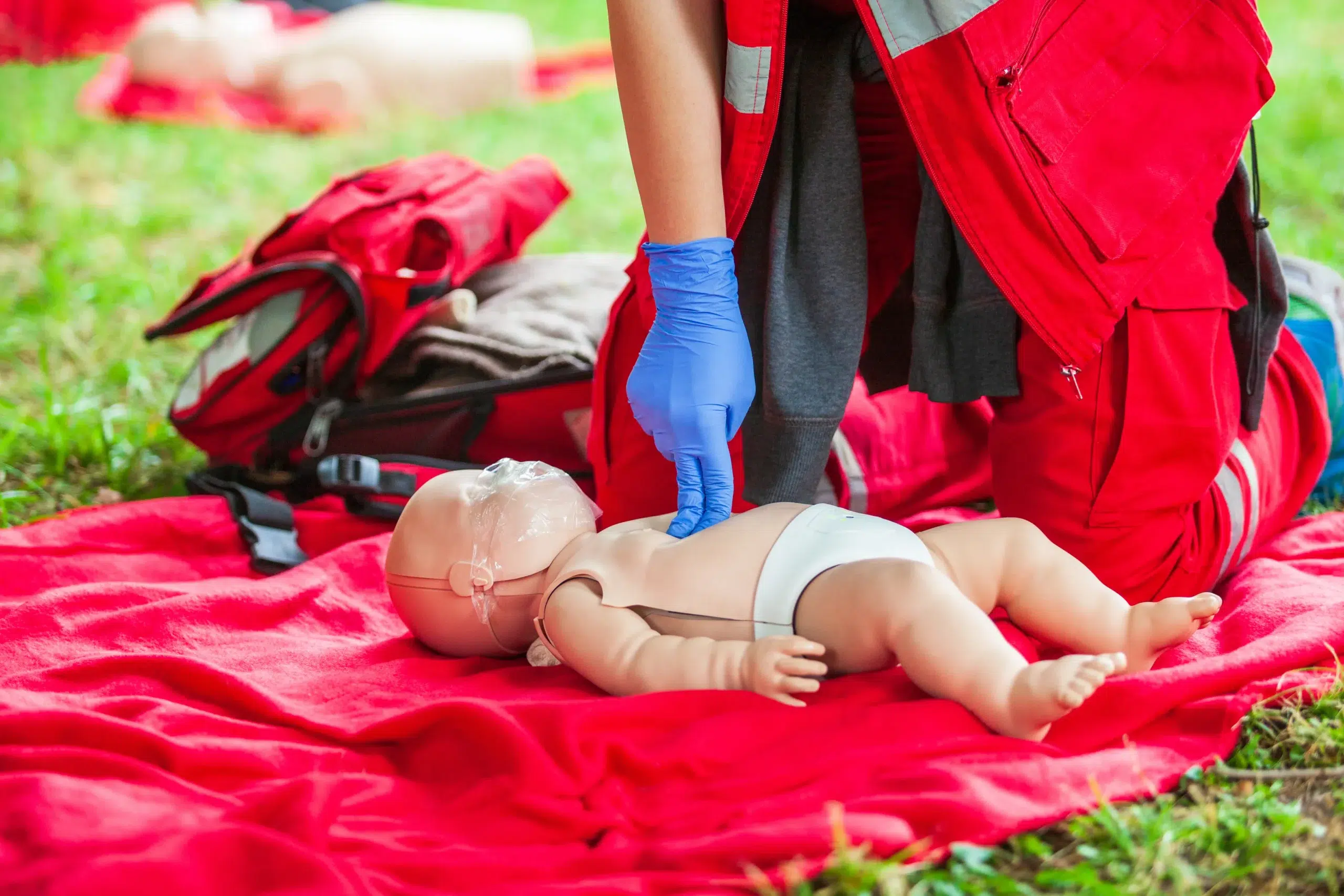In an emergency, seconds can matter. CPR can be the difference between life and death. But with so many different CPR courses available, how do you know which one is right for you? This comprehensive guide will demystify CPR training, explaining the various types of courses, including CPR/First Aid, BLS, ACLS, PALS, and more. We’ll help you find “CPR courses near me,” understand the costs involved, and choose a reputable training provider. We’ll also cover what happens in a typical CPR class and how to renew your certification. Get ready to become a lifesaver.
Key Takeaways
- Find the right CPR course for your needs: Whether you’re a healthcare professional, childcare provider, or simply want to be prepared for emergencies, there’s a CPR course designed for you. Explore options ranging from basic CPR/First Aid to specialized certifications like ACLS and PALS.
- Choose a reputable training provider: Select a provider with certified instructors, preferably from a recognized organization like the American Heart Association. Check reviews and testimonials to gauge the quality of instruction and the overall learning experience.
- Prioritize hands-on practice: Effective CPR training involves more than just theory. Look for courses that offer ample opportunities to practice essential skills on mannequins, ensuring you gain the confidence to respond effectively in real-life situations.
What are the Different CPR Courses?
Choosing the right CPR course can feel overwhelming with so many options. This section breaks down the different types of CPR courses, certification validity, and what to look for in an instructor so you can find the perfect fit.
CPR Course Types
Several CPR courses cater to different needs and experience levels. Some of the most common include:
- CPR/First Aid: This combined course teaches basic life support skills for adults, children, and infants. You’ll also learn how to manage common injuries like burns, cuts, and sprains. This CPR and First Aid course provides a solid foundation for anyone wanting to be prepared for emergencies.
- Basic Life Support (BLS): Designed for healthcare providers, BLS covers more advanced techniques, including two-rescuer CPR and using an AED. It’s a crucial certification for professionals like doctors, nurses, and EMTs. You can find more information on BLS classes here.
- Advanced Cardiovascular Life Support (ACLS): ACLS courses build upon BLS skills and focus on managing cardiovascular emergencies in adults.
- Pediatric Advanced Life Support (PALS): Similar to ACLS, PALS teaches advanced life support techniques specifically for infants and children.
- Neonatal Resuscitation Program (NRP): This specialized course trains healthcare professionals in resuscitation techniques for newborns.
- EMSA Child Care Health & Safety: Required for childcare providers in California, this program covers CPR, first aid, and other essential health and safety topics.
- RQI Classes: These courses focus on maintaining high-quality CPR skills and are often required for healthcare professionals. Danville CPR Classes offers convenient RQI classes to help maintain your certification.
Course Length & Certification Validity
The length of a CPR course varies depending on the type and format. Online components can often be completed in a few hours, while in-person skills sessions typically range from one to two hours. Blended learning options, like the one offered at Danville CPR Classes, combine online coursework with shorter in-person skills sessions. Most CPR certifications are valid for two years, so remember to renew your training to keep your skills current.
Instructor Qualifications
When choosing a CPR course, ensure the instructors are certified by a reputable organization like the American Heart Association (AHA). Experienced instructors can provide high-quality training and answer any questions. Danville CPR Classes is a woman-owned AHA Training Center committed to offering high-quality courses with a low price guarantee. Look for providers who prioritize hands-on practice and offer a comfortable learning environment. If you have questions about instructor qualifications or course content, don’t hesitate to contact us.
How Much Does CPR Training Cost?
CPR training is an investment in lifesaving skills, and naturally, you’ll want to find a course that fits your budget. Understanding the factors that influence CPR class costs will help you make an informed decision.
Average Course Costs
CPR class costs vary depending on several factors. The type of certification you need (CPR/First Aid, BLS, ACLS, PALS, etc.) has a big impact on the price. A basic CPR and First Aid course will typically be less expensive than advanced certifications like ACLS (Advanced Cardiovascular Life Support) or PALS (Pediatric Advanced Life Support). The training provider and what’s included in the course—like printed materials or online resources—can also affect the final cost. Comparing prices from different providers is always a good idea to get a sense of the average cost in your area. For those in the Danville area, San Ramon CPR Courses offers helpful information on CPR class costs.
Discounts & Group Rates
If you’re training with a group, such as coworkers or a community organization, look for group discounts. Many CPR training providers offer reduced rates for group bookings, which can significantly lower the per-person cost. This can be a smart way to make training more accessible for everyone. Contact providers directly to ask about group rates.
Danville CPR Classes’ Low Price Guarantee
Danville CPR Classes offers a low price guarantee on all our courses. We’re committed to providing high-quality, affordable American Heart Association training. We offer a range of courses, from basic CPR to specialized training like EMSA Child Care Health and Safety and RQI classes for healthcare professionals. Our low price guarantee, combined with our convenient location serving San Ramon, Dublin, and Danville, makes us a cost-effective choice for your CPR training. Contact us with any questions.
Which CPR Course Is Right for You?
Choosing the right CPR course depends on your specific needs and goals. Do you need it for your job, or just for personal knowledge? Are you a healthcare provider or someone who wants to be prepared for emergencies? This section will help you understand the different types of CPR courses and guide you toward the best fit.
Basic CPR vs. Healthcare Provider CPR
The American Heart Association offers a Basic Life Support (BLS) course for healthcare providers and anyone who needs to learn CPR and other basic cardiovascular life support skills. This comprehensive course covers a range of essential techniques. If you’re a healthcare professional, BLS certification is likely a job requirement. But even if you’re not in the medical field, a BLS course can equip you with the confidence and skills to respond effectively in critical situations. For more information, check out the BLS course offered by Danville CPR Classes.
Specialized Training
Beyond basic CPR and BLS, there are specialized courses designed for specific professions and situations. Danville CPR Classes offers a range of American Heart Association (AHA) courses, including Advanced Cardiovascular Life Support (ACLS) and Pediatric Advanced Life Support (PALS). They also offer specialized programs like the EMSA Child Care Health & Safety course. These courses cover more advanced techniques and are essential for healthcare professionals working in critical care settings or with specific populations, such as children.
Industry-Specific Considerations
When choosing a CPR course, consider your industry’s requirements. BLS certification is often required for healthcare providers and students. Make sure the course you choose aligns with your professional standards. If you’re unsure, check with your employer or licensing board. For larger groups, such as childcare centers or corporate teams, ask about group discounts. Many CPR training providers, including Danville CPR Classes, offer reduced rates for group bookings, making it more cost-effective to train your entire team. Contact them to learn more about their group rates and low price guarantee.
What Happens in a CPR Class?
CPR classes blend theory and hands-on practice to give you the skills and confidence to handle medical emergencies. The specifics of what you’ll learn and how long the class takes depend on the course you choose.
Course Structure & Content
Danville CPR Classes offers a variety of American Heart Association (AHA) courses, including BLS, ACLS, PALS, CPR, and First Aid. They also provide specialized training like the EMSA Child Care Health & Safety program and RQI classes for healthcare professionals. Each course is tailored to the specific needs of its target audience. For example, a basic CPR and First Aid course teaches you to recognize the signs of a heart attack, stroke, and choking in adults, children, and infants. You’ll also learn how to perform CPR and provide first aid for common injuries. Advanced courses like ACLS and PALS cover more in-depth life support techniques for healthcare providers.
Hands-on Practice
Hands-on practice is essential to any CPR class. You’ll learn the proper techniques for chest compressions, rescue breaths, and using an AED. The BLS CPR Provider Heartcode course at Danville CPR Classes offers a blended learning format. You can complete the coursework online in 1–2 hours and then schedule a 40–60 minute skills session. This flexible approach lets you learn the material at your own speed and then concentrate on practicing the skills with an instructor. You’ll use mannequins that simulate real-life situations, helping you build muscle memory and confidence.
Certification & Renewal
Once you complete the course, you’ll receive a certification card that’s valid for two years. BLS certification is often a requirement for healthcare providers and students, so make sure the course meets your professional requirements. Danville CPR Classes offers CPR, BLS, ACLS, PALS, NRP, EMSA, and First Aid certification courses. Their low price guarantee helps ensure you’re getting a good value. It’s important to remember that CPR skills and knowledge need refreshing, so renewing your certification every two years is key to staying prepared for emergencies.
How Do You Find a CPR Training Provider?
So, you’ve decided to get CPR certified—fantastic! Now, how do you find the right class and instructor? Choosing a reputable provider is key to receiving high-quality training. This section breaks down everything you need to know to find a CPR course that fits your needs.
Finding Local Courses
Start your search by looking for courses near you. A quick online search for “CPR classes near me” is a good starting point. You can also check community centers, local hospitals, or fire departments, as they often offer CPR training. Danville CPR Classes offers a range of AHA-certified courses in over 60 cities, making it easy to find a convenient location. We serve the San Ramon, Dublin, and Danville, CA areas. For those looking for online options, some providers offer virtual courses.
Checking Reviews & Testimonials
Once you’ve found a few potential providers, take the time to read reviews and testimonials. Past students can offer valuable insights into the quality of instruction, course materials, and overall learning experience. Don’t hesitate to ask providers for references or check online review platforms. This step can give you a better sense of the provider’s reputation and teaching style.
Questions to Ask Before Enrolling
Before signing up for a class, prepare a few key questions. Inquire about the total cost, including any additional fees, and confirm the type of certification offered (AHA or Red Cross). Also, ask about class size, instructor qualifications, and the student-to-instructor ratio to ensure adequate practice time. Check if the provider offers a low-price guarantee, like Danville CPR Classes. Knowing these details upfront can help you make an informed decision.
Top Local CPR Providers
Here are some common places to find CPR training:
American Heart Association (AHA)
The AHA is a leading authority on CPR and emergency cardiovascular care. They offer various courses, from basic CPR to advanced life support. You can find AHA-aligned courses through authorized training centers like Danville CPR Classes. These courses often meet requirements for healthcare professionals and other specific industries. Make sure the course you choose aligns with your career goals.
American Red Cross
The American Red Cross is another well-known provider of CPR training. While they offer a respected certification, some professions require AHA certification. Be sure to choose the certification that aligns with your specific needs. Researching certification requirements beforehand will save you time and potential hassle.
Danville CPR Classes
Danville CPR Classes is a woman-owned AHA Training Center committed to providing high-quality, affordable courses. They offer a wide range of AHA certifications, including BLS, ACLS, PALS, NRP, and CPR/First Aid. They also provide specialized training such as EMSA Child Care Health & Safety and RQI classes for healthcare professionals. Contact us today to learn more about our offerings.
Hospitals & Fire Departments
Local hospitals and fire departments frequently offer CPR classes to the community. These classes are often a convenient and cost-effective option. Check their websites or contact them directly for information on upcoming courses. This is a great way to serve your community while gaining a valuable skill.
Colleges & Universities
Many colleges and universities offer CPR training through their health or continuing education departments. These courses may be open to the public or specifically designed for students in certain programs. Check with local universities to see what programs they offer.
Related Articles
- CPR Training in Dublin: A Complete Guide – Danville CPR Classes
- CPR & First-Aid Training in Dublin: A Complete Guide – Danville CPR Classes
- CPR Certification in Danville: Your Complete Guide – Danville CPR Classes
- Online CPR Classes in San Ramon: Your Complete Guide – Danville CPR Classes
- CPR Courses in Danville: Your Certification Guide – Danville CPR Classes
Frequently Asked Questions
How long is a CPR certification valid? CPR certifications are typically valid for two years. It’s essential to renew your certification before it expires to maintain your skills and ensure you’re prepared for emergencies.
What’s the difference between CPR/First Aid and BLS? CPR/First Aid teaches basic life support and first aid skills for adults, children, and infants. BLS (Basic Life Support) is designed for healthcare providers and covers more advanced techniques, including two-rescuer CPR and AED use. While both courses teach essential life-saving skills, BLS goes further in-depth for those in healthcare settings.
How much does a CPR class cost? The cost of a CPR class varies depending on the type of course, the training provider, and your location. Basic CPR classes are generally less expensive than advanced certifications like ACLS or PALS. Check with different providers in your area to compare prices and find a course that fits your budget. Many providers, including Danville CPR Classes, offer a low price guarantee.
What should I look for in a CPR training provider? Look for a provider that offers certification from a reputable organization like the American Heart Association. Check reviews and testimonials from past students to get an idea of the quality of instruction. Ask about instructor qualifications, class size, and the student-to-instructor ratio. A lower ratio often means more personalized attention and practice time.
Do I need CPR certification for my job? Many healthcare professions require CPR certification, including doctors, nurses, and EMTs. Even if it’s not mandatory for your job, CPR training is a valuable skill that can empower you to help in emergencies. Check with your employer or licensing board to see if certification is required or recommended in your field.



